
4 minute read
RETAIL HAD A LINE PROBLEM. GOING ONLINE HELPED FIX IT.
from X Team Insights 2023
by xteamretail
checkout lines a relic of the past.
By Darren Pitts
Advertisement
The retail transaction experience has always rested on two foundational concepts: increased efficiency and decreased friction. Customers expect convenience and a seamless journey purchasing from the businesses they choose, so personalization and knowing your customer has always been a crucial part of the buying experience.
In the age of Mom and Pops, the shopkeeper would retreat to the back stock room and pull out a sack of flour or whatever merchandise their customer was picking up. Most of the labor in getting the product into the customer’s hands relied on the shopkeeper. In time, retail systems evolved, partially transferring that work to the customer, making them active participants, and—paving the way for the buyer’s journey. The invention of the cash register, shopping basket, and checkout lane were game changers. Evolving efficiencies accelerated with the development of warehouse science. Satellites incorporating location intelligence utilizing indoor positioning were introduced to speed restocking and picking merchandise, and now robotics, drones, and AI are at play.
Amazon brought convenience to the forefront when it introduced Just Walk Out and Amazon
One at its Amazon Fresh, Amazon Go and Whole Foods stores. The e-commerce giant has recently started to license its proprietary technology to other retailers. Ubiquitous airport convenience store Hudson News has started using Amazon’s tech at an increasing number of its 1,000-plus stores nationally.
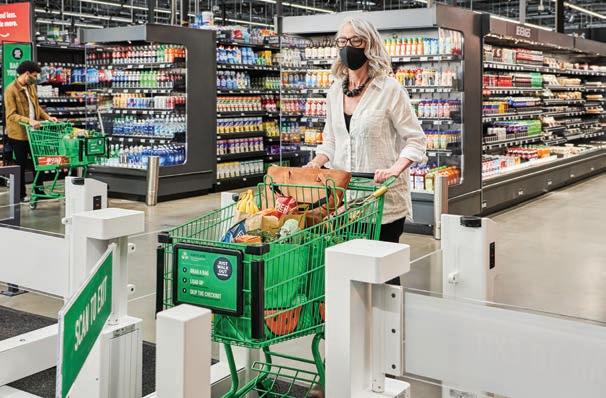
Walmart recently announced that it will have 65% of its stores fully automated by the end of the fiscal year 2026. Other retail businesses are expected to look to Walmart’s example to harness technology to streamline operations and cut costs. Walmart, which operates more than 5,000 U.S. stores, has a long history of focusing on and developing inventory-control technology because it understood that this was the key to efficiency. During COVID, Walmart spent a lot of effort and resources improving its online commerce to compete with Amazon. To a large extent, it’s succeeded; the company is now pivoting to physical store efficiencies to increase profits and enhance its larger omnichannel strategy.
After a 10-year pause in building new stores and construction, retailers are focusing again on expansion— both physically and on digital platforms. Several large brands are purchasing or developing proprietary technology they can monetize by licensing the software to other retailers. As retailers invest in technology, they must ensure that the solutions they choose are scalable and can adapt to changing needs and expectations. If not, they risk frustrating and alienating the customer.
Every retailer’s challenge is friction and providing seamless touchpoints throughout the transaction. Research has shown that friction makes the average business lose about 10% to 30% of its customers annually. A study from NewStore found that physical retail locations lose nearly $40 billion in potential sales each year from customers who don’t want to wait for more than a few minutes in a checkout line. Despite this, only 16% of brands have rolled out a way to shore up those potential dollars with mobile checkout.
Reducing friction can save brands from losing their best customers and maintain a competitive edge. The pandemic changed how Americans consumed, and there are now multiple touchpoints in the retail experience. Business Insider Intelligence reports that 68% of consumers use BOPIS and curbside pickup. Online shopping is standard practice and most customers report using multiple channels throughout the shopping experience, and three-quarters check online for price comparison before they enter the store. Offering your customer a great experience from that first touchpoint to the final purchase and delivery increases the chance that they will become loyal customers.
The ability to provide a flawless omnichannel experience is the next step in the progression of efficiency and the new benchmark in retail. Amazon began as a bookseller that catered to customers who wanted their books directly delivered to their reading chairs. Amazon’s understanding of that customer cost Barnes & Noble tremendous market share and put Border’s Books out of business. Now Amazon offers consumers almost anything they want—and Amazon Prime can deliver it in hours.
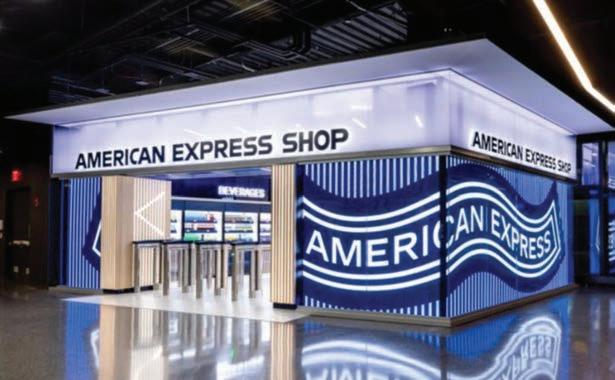
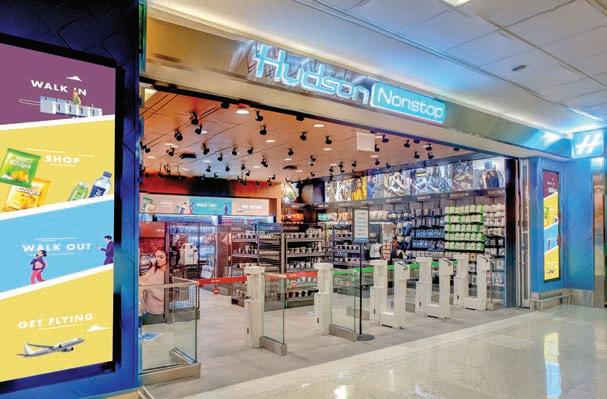
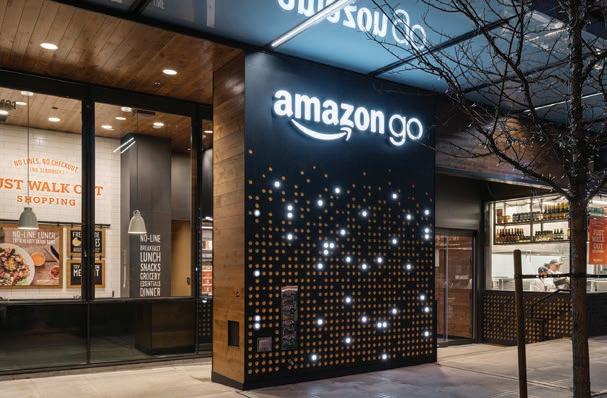
Amazon succeeded because it knew its customer and could offer them convenience, safety and speed of delivery. Customers price-shopped online from the comfort of their homes versus driving to several stores to find the desired item. Their back-end efficiency built their success and business.
There is pressure for retailers to resolve the workforce shortage and speed up transactions, and technology can provide a solution to reduce pain points and drive customer engagement. Kiosks, Walk Out technology, touchless QR codes, and endless aisles, also known as click and collect, make the shopping experience smoother.
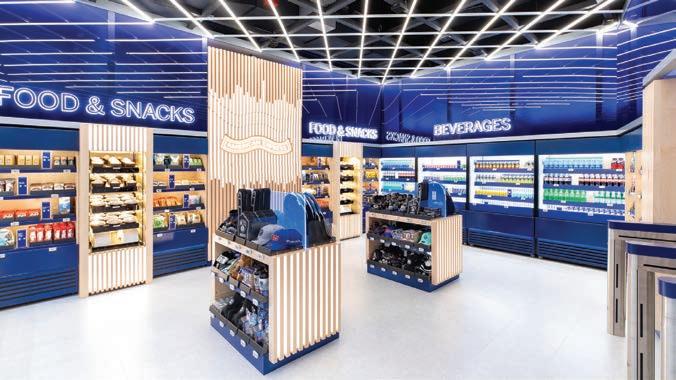
In-store kiosks enable customers to build virtual carts and add products that are out of stock in a store that can then be delivered to their homes or picked up in the store. The result is an engaged and satisfied customer. The retailer has eliminated a pain point and avoided the customer taking its business elsewhere if an item is unavailable in their correct size on the sales floor.
Endless aisles allow retailers to extend their products and services online without relying on additional inventory. The result is a more engaged customer that can browse, search, compare orders, and pay for items.
Walk out technology is an out-of-the-box, lowcost solution that retrofits a grocer’s existing carts, using cameras, computer vision, and machine learning to identify when items are added or removed from the cart. Cameras are positioned at different angles to distinguish between products. Amazon’s Just Walk Out and FLOW’s autonomous checkout technology are licensing their proprietary knowledge to other retailers, such as Hudson Nonstop, at select major airports. This technology assists with operational efficiency because airports operate from 5:00 am to midnight, requiring two or three shifts of employees. Walk out technology is a time and staff saver, and we will see more adoption in stores requiring a time-efficient, low-service experience.
Resolving a customer’s concern is the most crucial factor. The importance of the retail transaction isn’t necessarily the store environment where the customer purchases the item but the successful completion of the sale. Retailers doing a great job fulfilling their customer’s needs will be successful. Those who discount the importance of increased efficiency and providing the customer with the best buying experience will suffer the consequences in a highly competitive, evolving playing field. X










